Endangered plants have developed incredible ways to survive in extreme conditions, adapting to their environments in ways that are both fascinating and essential to their survival. Many of these species face the threat of extinction due to habitat loss, climate change, and human activities. By understanding their unique survival strategies, we gain insight into how plants have evolved to endure harsh conditions. Let’s explore some of the most remarkable endangered plants and the innovative ways they continue to thrive.
Tree Tumbo (Welwitschia mirabilis)
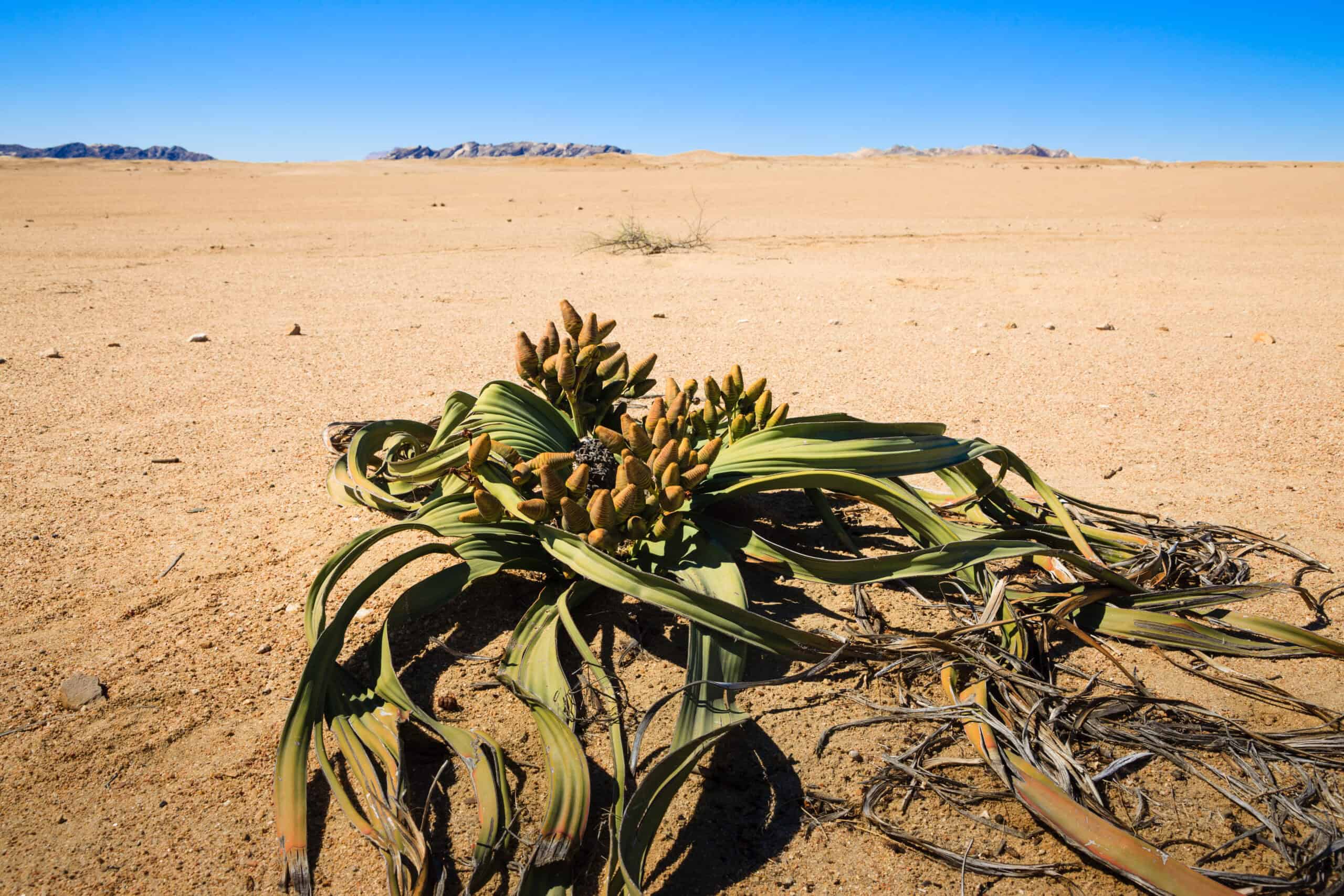
This ancient plant, native to the Namib Desert, is known for its ability to survive extreme heat and aridity. It has only two leaves that grow continuously throughout its life, sometimes lasting over a thousand years. Welwitschia absorbs moisture through fog, which condenses on its broad leaves, providing the water it needs. Its deep taproot also allows it to access underground water, ensuring survival in one of the world’s harshest environments.
Corpse Flower (Rafflesia arnoldii)
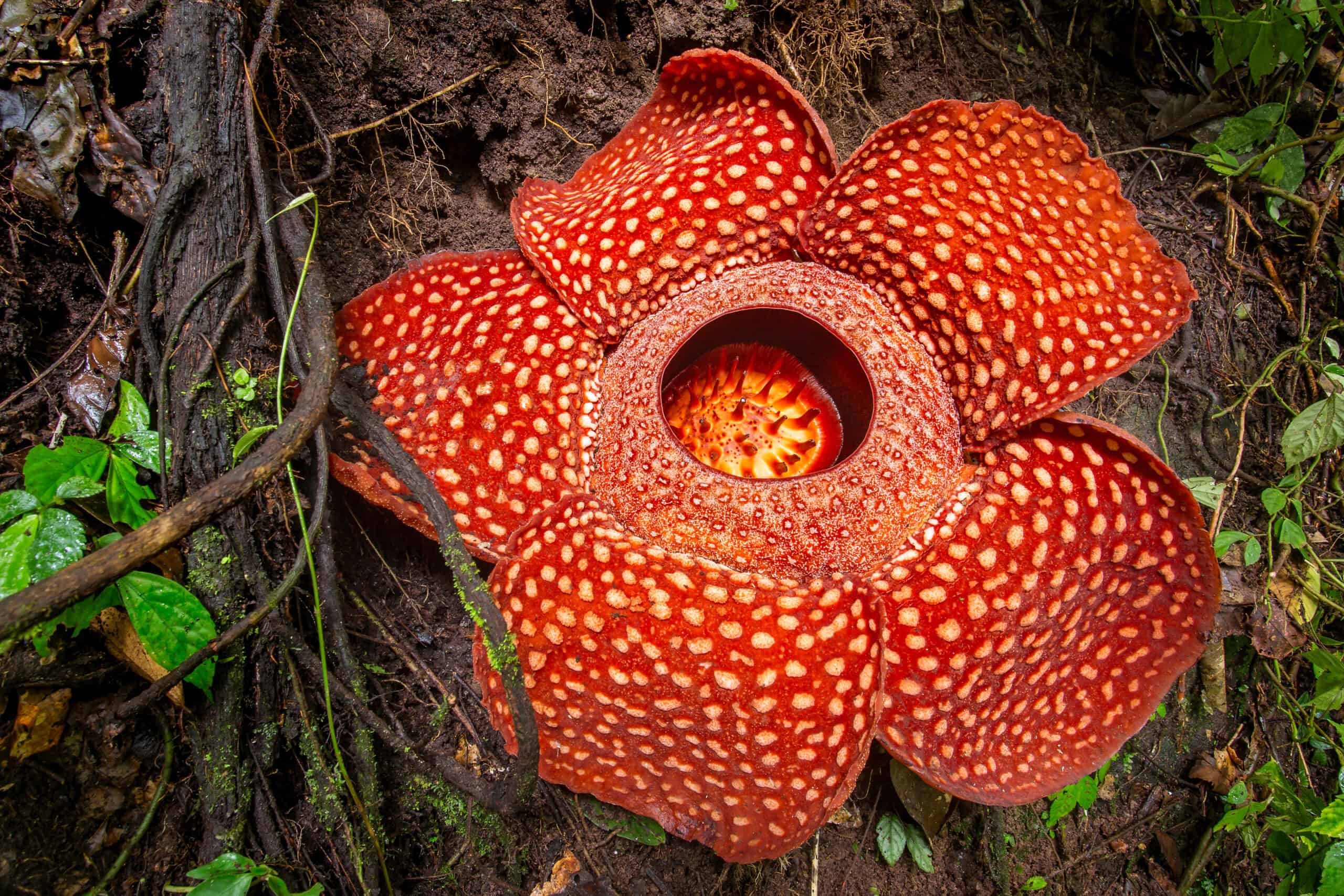
Rafflesia arnoldii, the world’s largest flower, is a parasitic plant found in Southeast Asian rainforests. It has no stems, leaves, or roots and relies entirely on a host vine for nutrients. By attaching itself to a host plant, Rafflesia draws water and nourishment to sustain its massive blooms. This unique survival method allows it to thrive without performing photosynthesis, unlike most other plants.
Venus Flytrap (Dionaea muscipula)
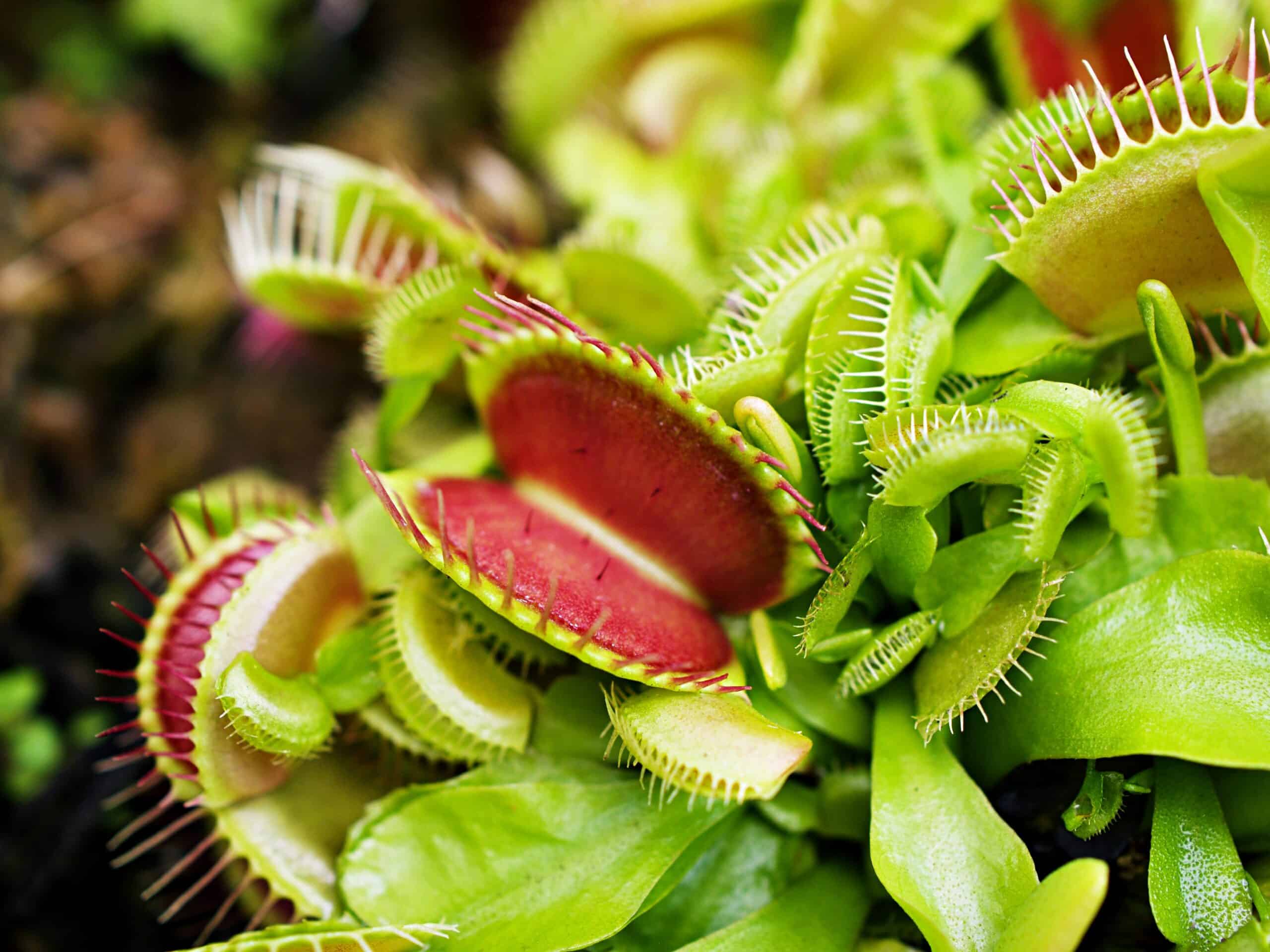
Native to subtropical wetlands, the Venus Flytrap has evolved to catch and digest insects for nutrients. It has specialized leaves that snap shut when triggered by prey, a strategy that helps it thrive in nutrient-poor soils. By supplementing its diet with insects, the Venus Flytrap gains essential nutrients like nitrogen, which are scarce in its natural habitat.
Titan Arum (Amorphophallus titanum)
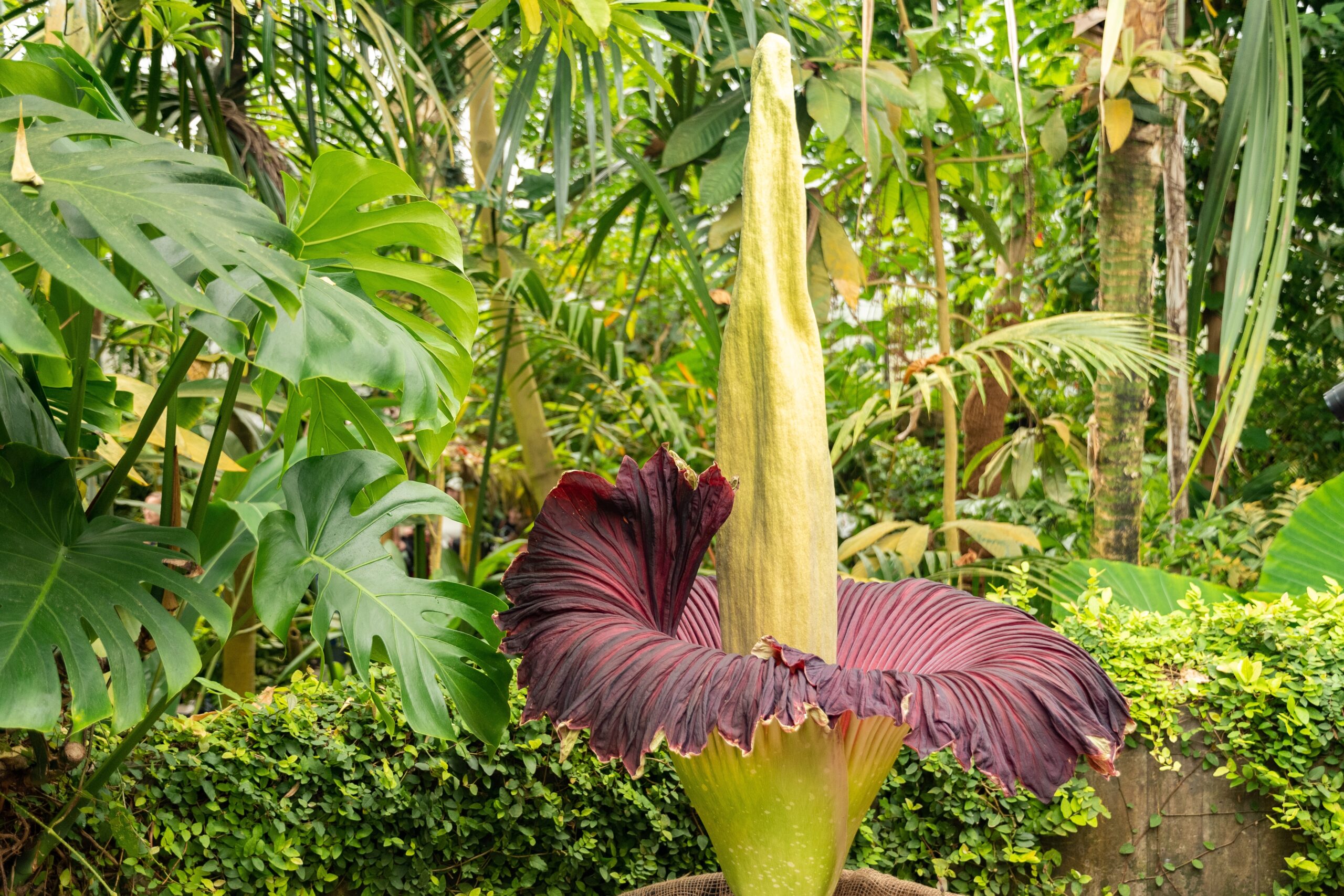
This plant, known for its massive and foul-smelling flower, uses its scent to attract pollinators like carrion beetles and flies. Native to the rainforests of Sumatra, the Titan Arum blooms infrequently, but when it does, it emits a strong odor similar to rotting flesh. This unique survival strategy ensures that it gets pollinated, despite blooming in isolated or sparse environments.
Monkey Puzzle Tree (Araucaria araucana)

Native to Chile and Argentina, the Monkey Puzzle Tree is an ancient species that has adapted to survive in volcanic soils and harsh climates. Its thick, spiky leaves help deter herbivores, while its deep root system ensures access to water during dry periods. This tree’s ability to thrive in nutrient-poor soils and resist predators has enabled it to survive for millions of years.
Dragon’s Blood Tree (Dracaena cinnabari)
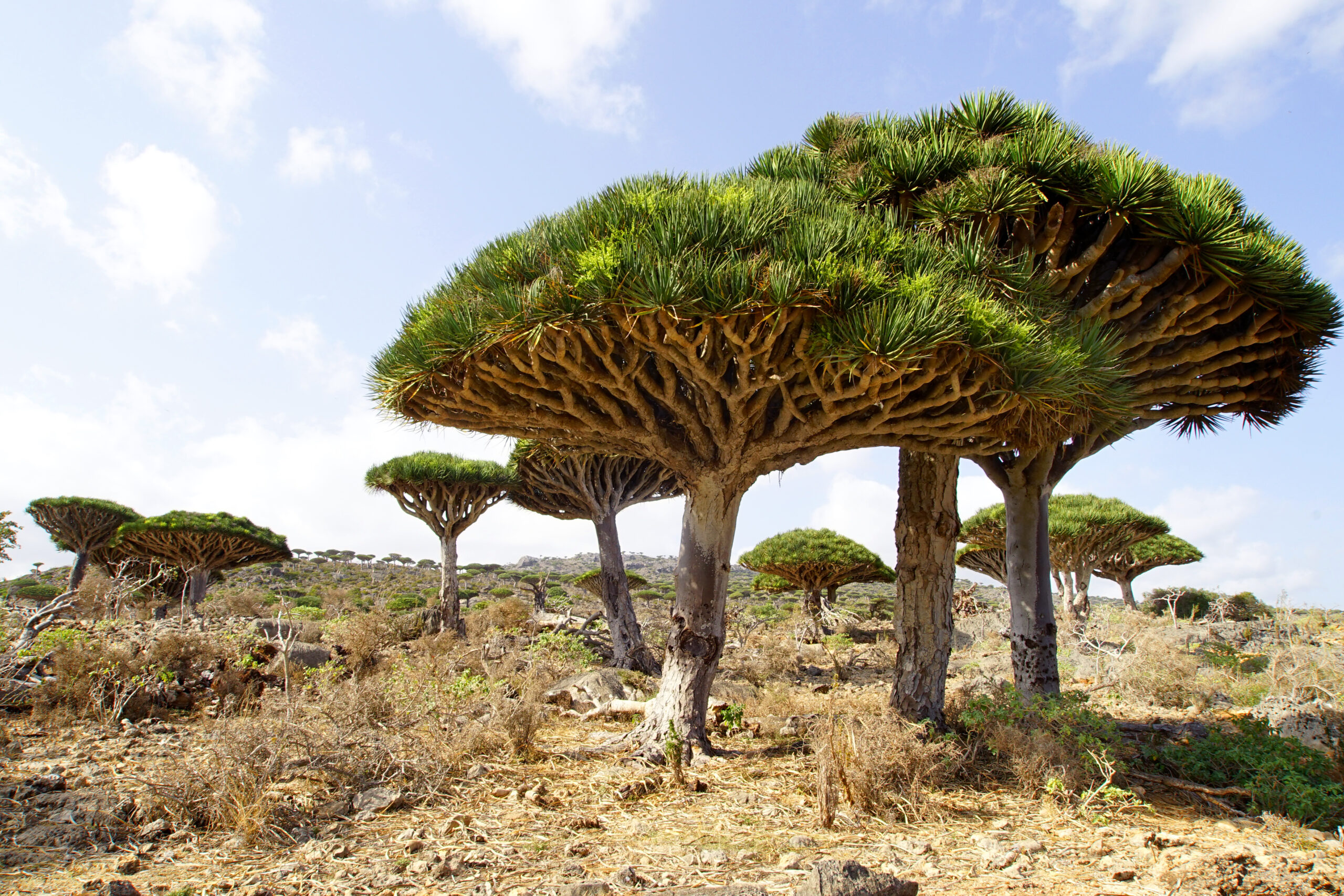
Found on the island of Socotra, the Dragon’s Blood Tree is famous for its umbrella-like canopy and red sap. Its shape allows the tree to capture moisture from mist and reduce water loss by shading its roots. This adaptation helps it survive in dry, rocky environments where rainfall is minimal. The tree’s red resin, known as dragon’s blood, is also used as a natural defense mechanism.
Madagascar Periwinkle (Catharanthus roseus)
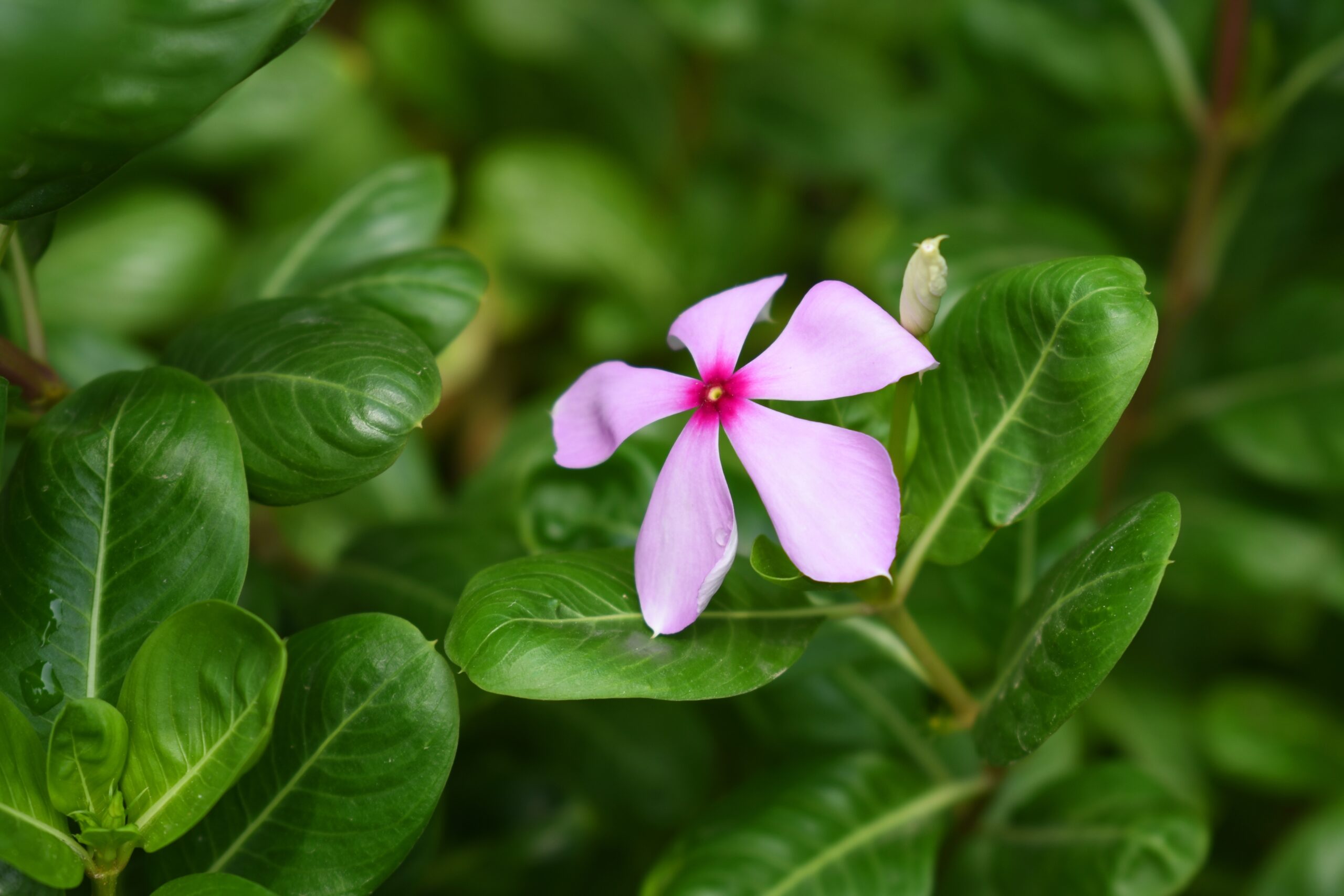
This small flowering plant, native to Madagascar, has evolved to survive in poor, sandy soils by producing alkaloids that deter herbivores. The Madagascar Periwinkle is also known for its medicinal properties, producing compounds used in cancer treatment. Its resilience in harsh soil conditions allows it to persist in its endangered habitat, where other plants might fail to thrive.
Ghost Orchid (Dendrophylax lindenii)
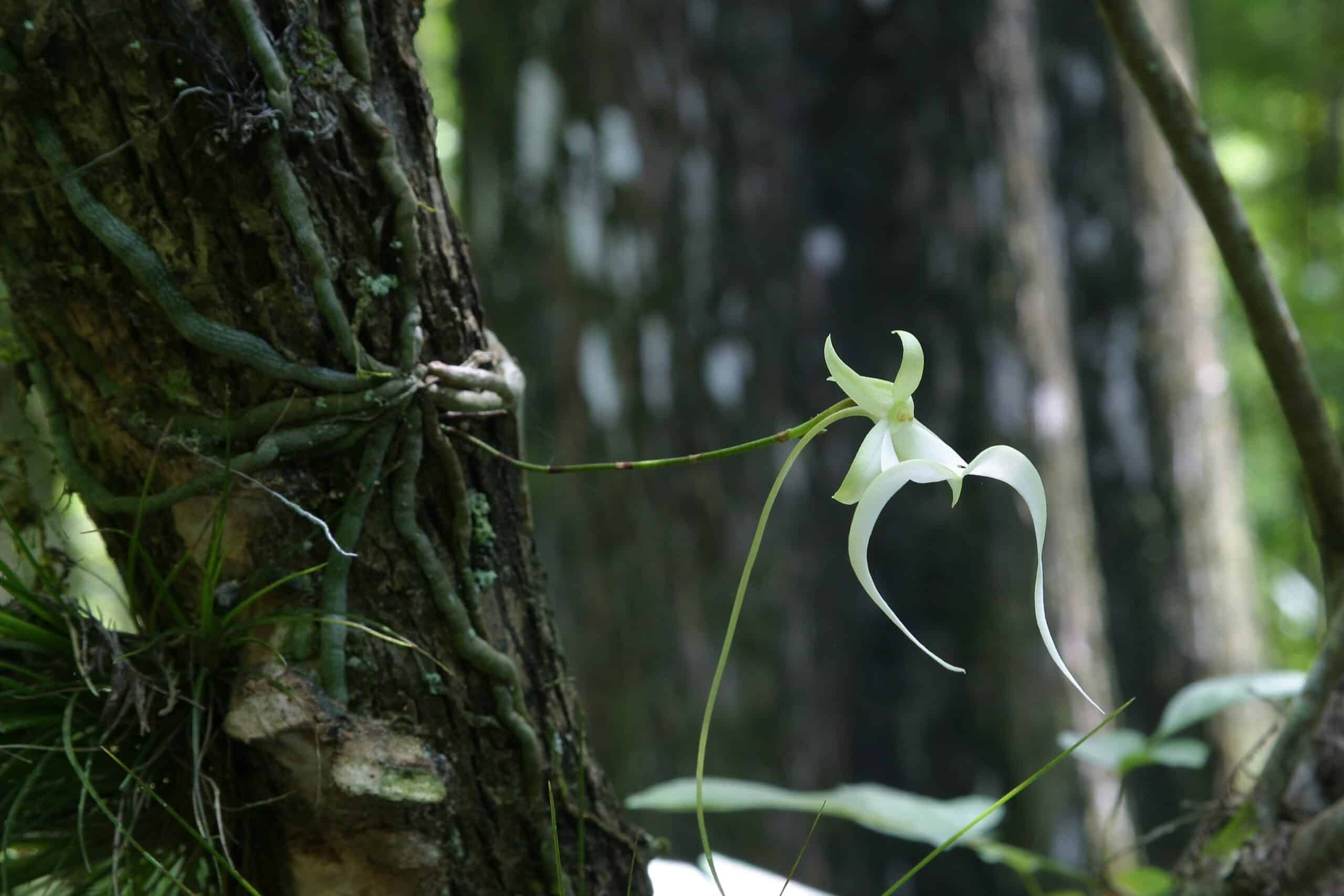
Native to the swamps of Florida and the Caribbean, the Ghost Orchid is an epiphytic plant, meaning it grows on trees without harming them. It absorbs moisture and nutrients from the air and rain through its roots, which are exposed rather than buried in soil. Its unique method of obtaining water and nutrients allows it to survive in wet, humid environments where few other plants can.
Queen of the Andes (Puya raimondii)
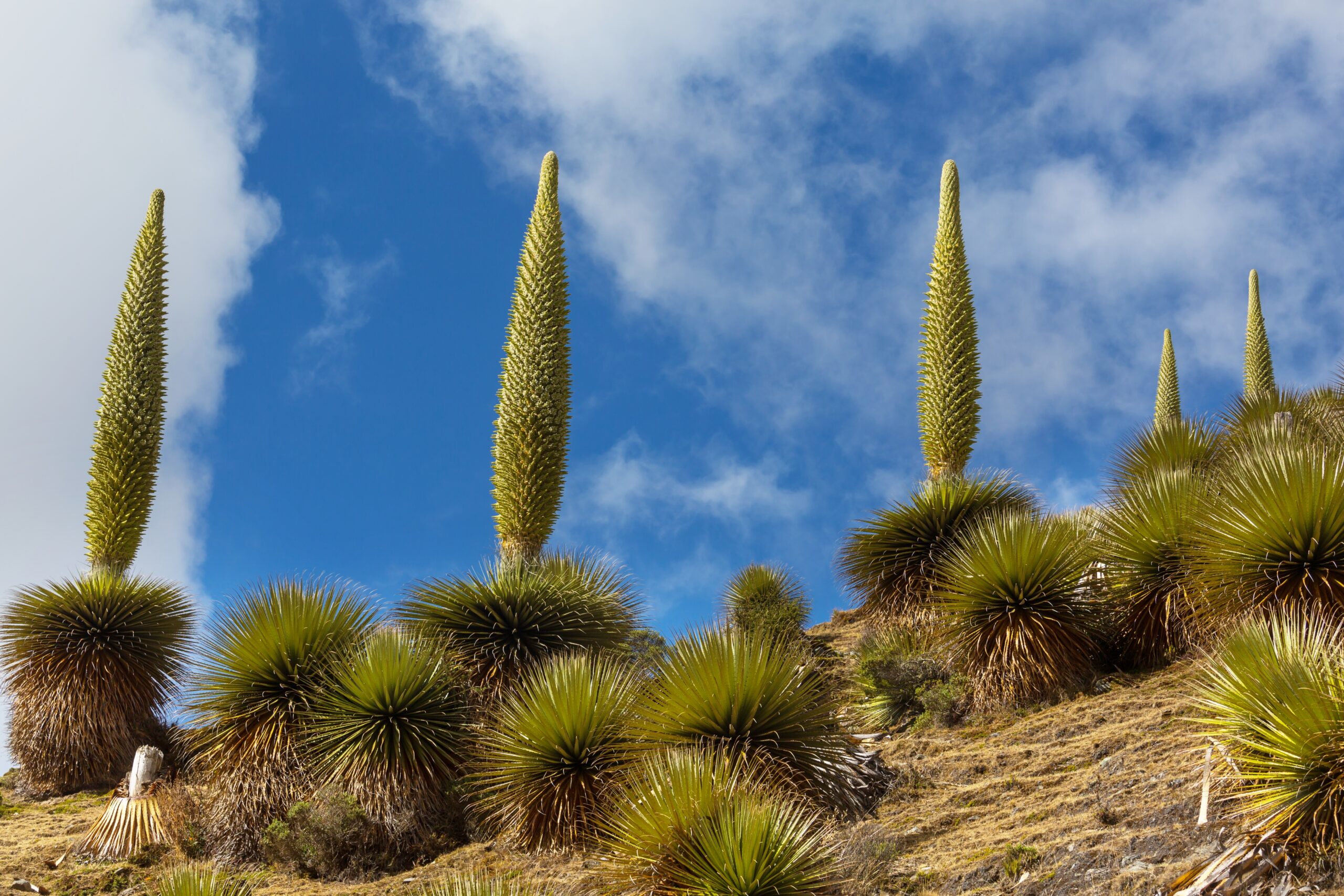
The Queen of the Andes is a towering plant found in the high altitudes of the Andes mountains. It grows for decades, sometimes up to 100 years, before flowering in a dramatic display of over 20,000 blooms. To survive in the extreme conditions of its environment, it has deep roots to access underground water. This plant also produces a high number of seeds, increasing its chances of reproduction in a harsh climate.
Quiver Tree (Aloe dichotoma)
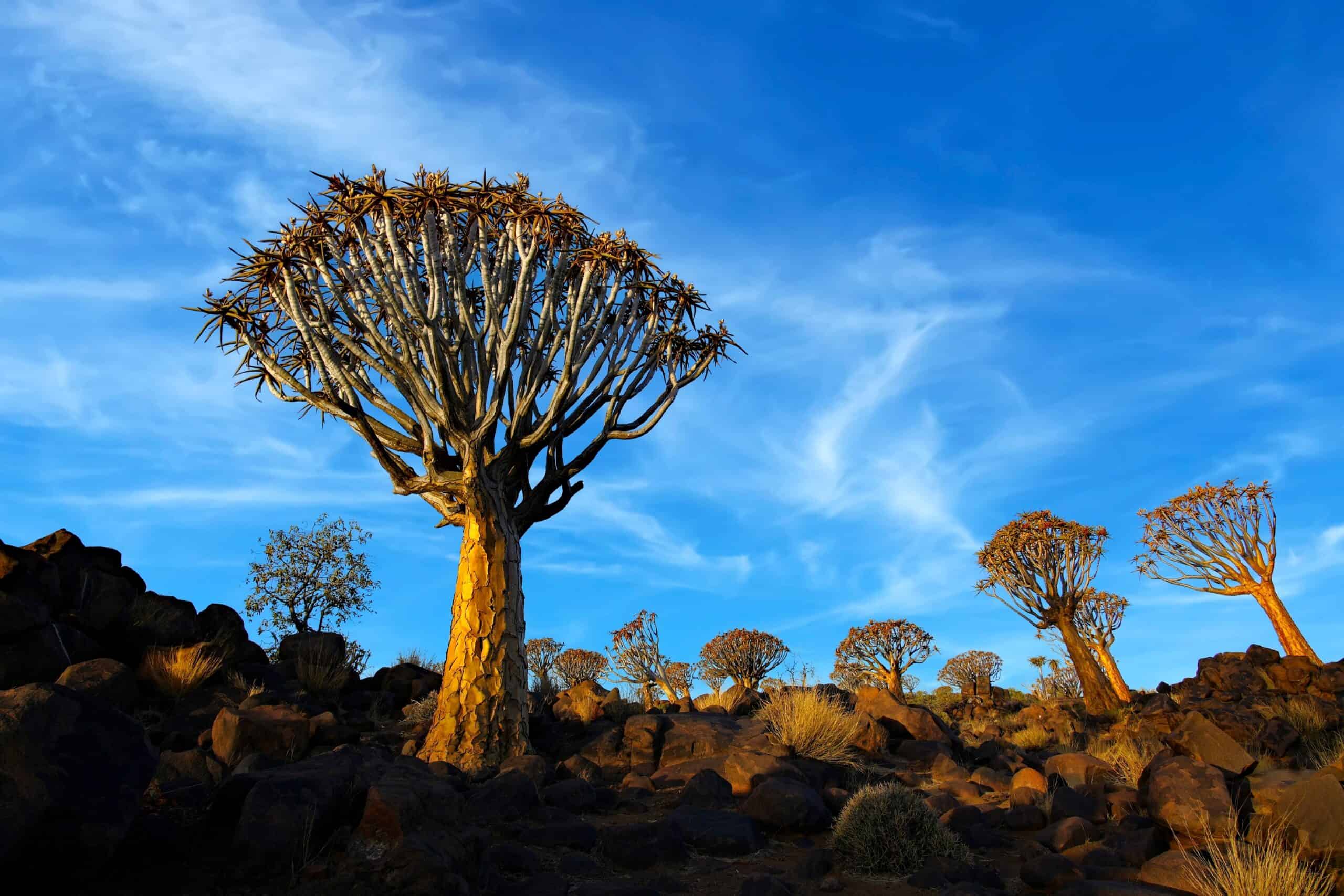
The Quiver Tree, native to Southern Africa, thrives in arid desert environments. Its thick, waxy leaves help reduce water loss, while its shallow root system allows it to quickly absorb moisture from brief rains. The tree stores water in its trunk, enabling it to survive long droughts. Its tall, branched shape also helps reduce heat exposure, making it one of the most resilient desert plants.
Wollemi Pine (Wollemia nobilis)
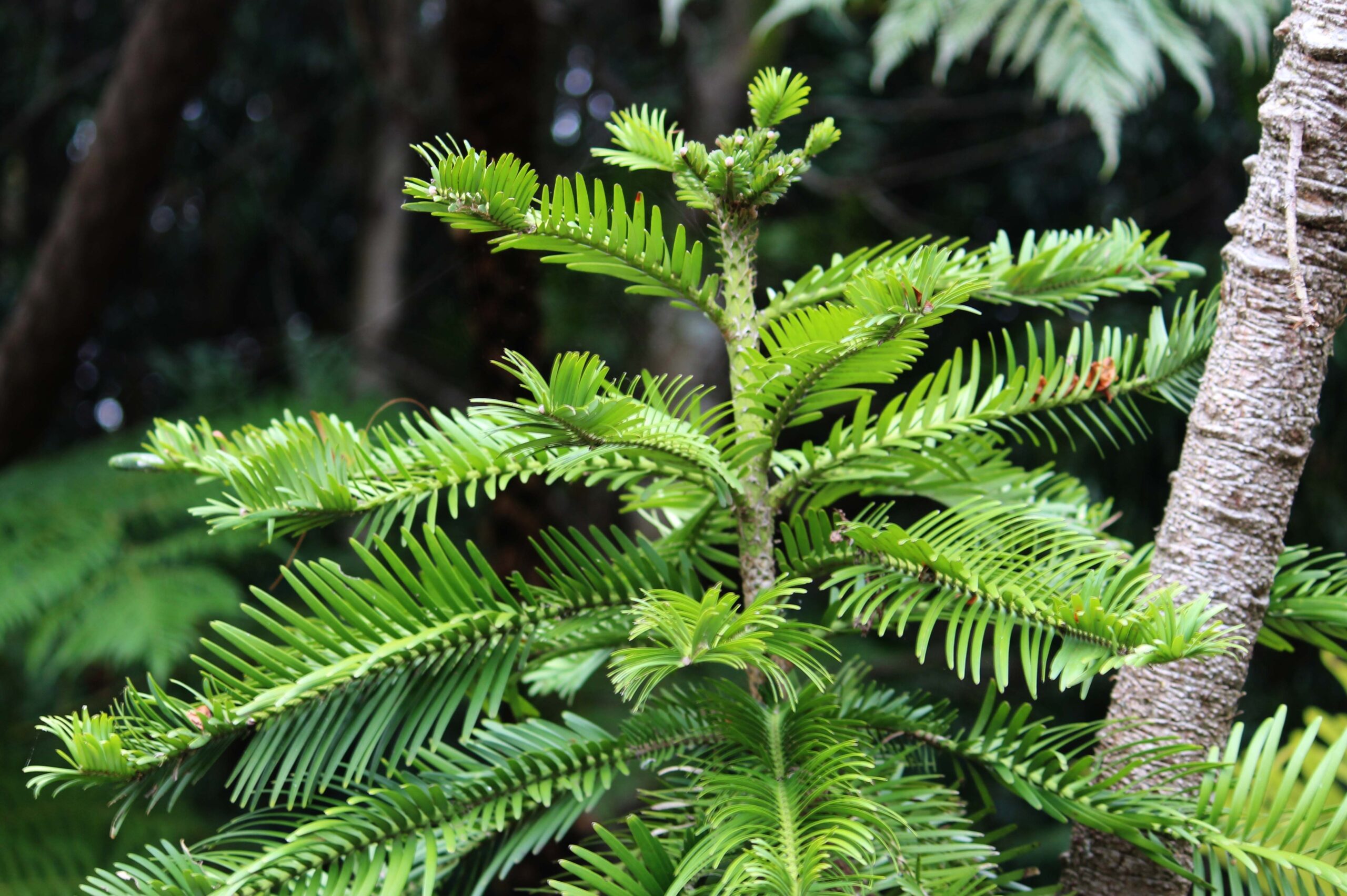
This ancient species, once thought to be extinct, was rediscovered in a remote part of Australia. The Wollemi Pine is highly adaptive, able to withstand both drought and cold conditions. Its ability to reproduce through both seeds and clonal shoots ensures its survival in isolated areas. This unique reproductive strategy helps it thrive even in the absence of favorable conditions for seed germination.
Saguaro Cactus (Carnegiea gigantea)
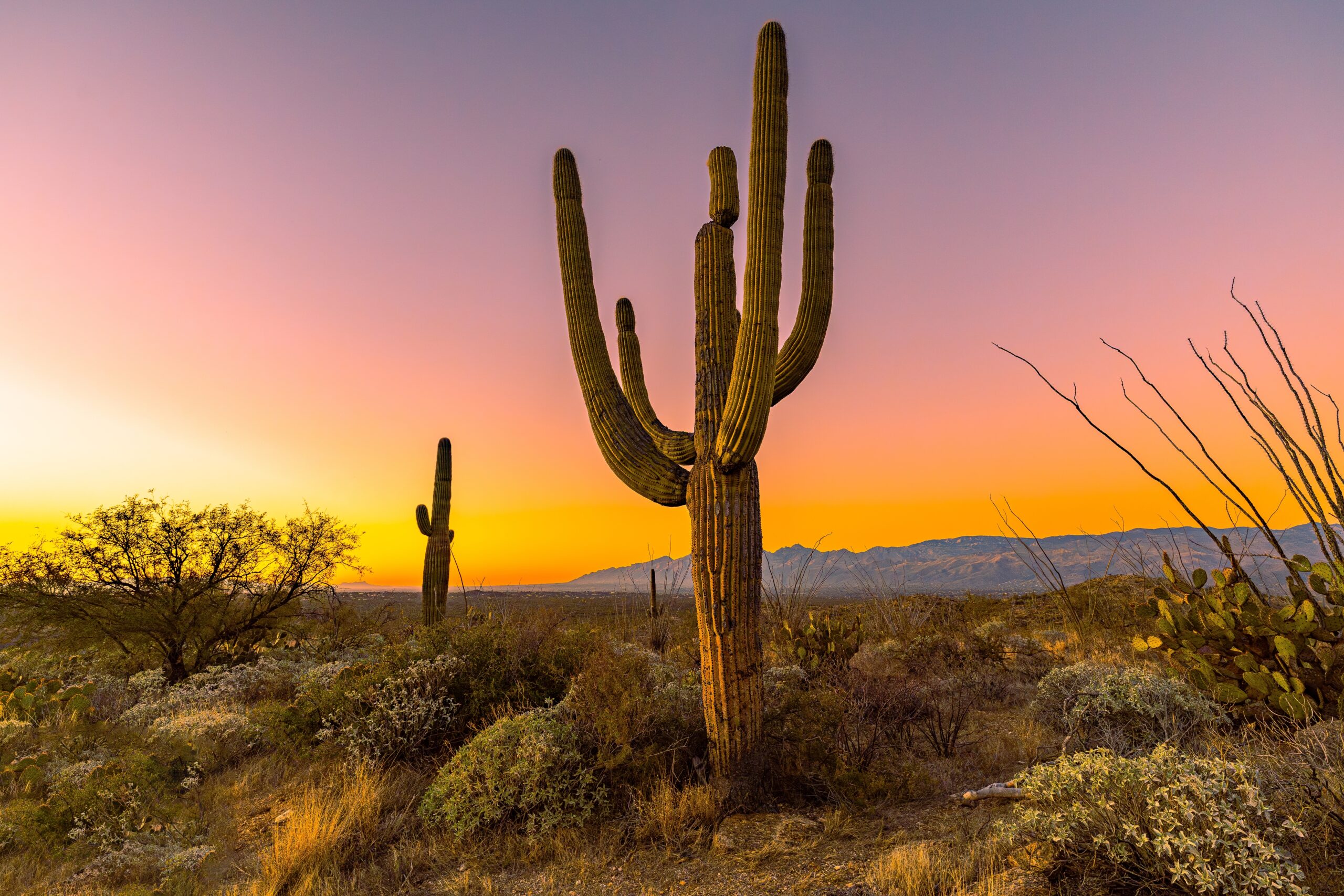
The iconic Saguaro Cactus of the American Southwest is adapted to extreme heat and minimal water. Its ribbed structure allows it to expand and store large amounts of water during rare rainfall. The cactus has shallow roots that spread wide, quickly absorbing water when available. It also has a thick outer layer to minimize water loss and protect it from the sun’s intense heat.
Sandalwood (Santalum album)
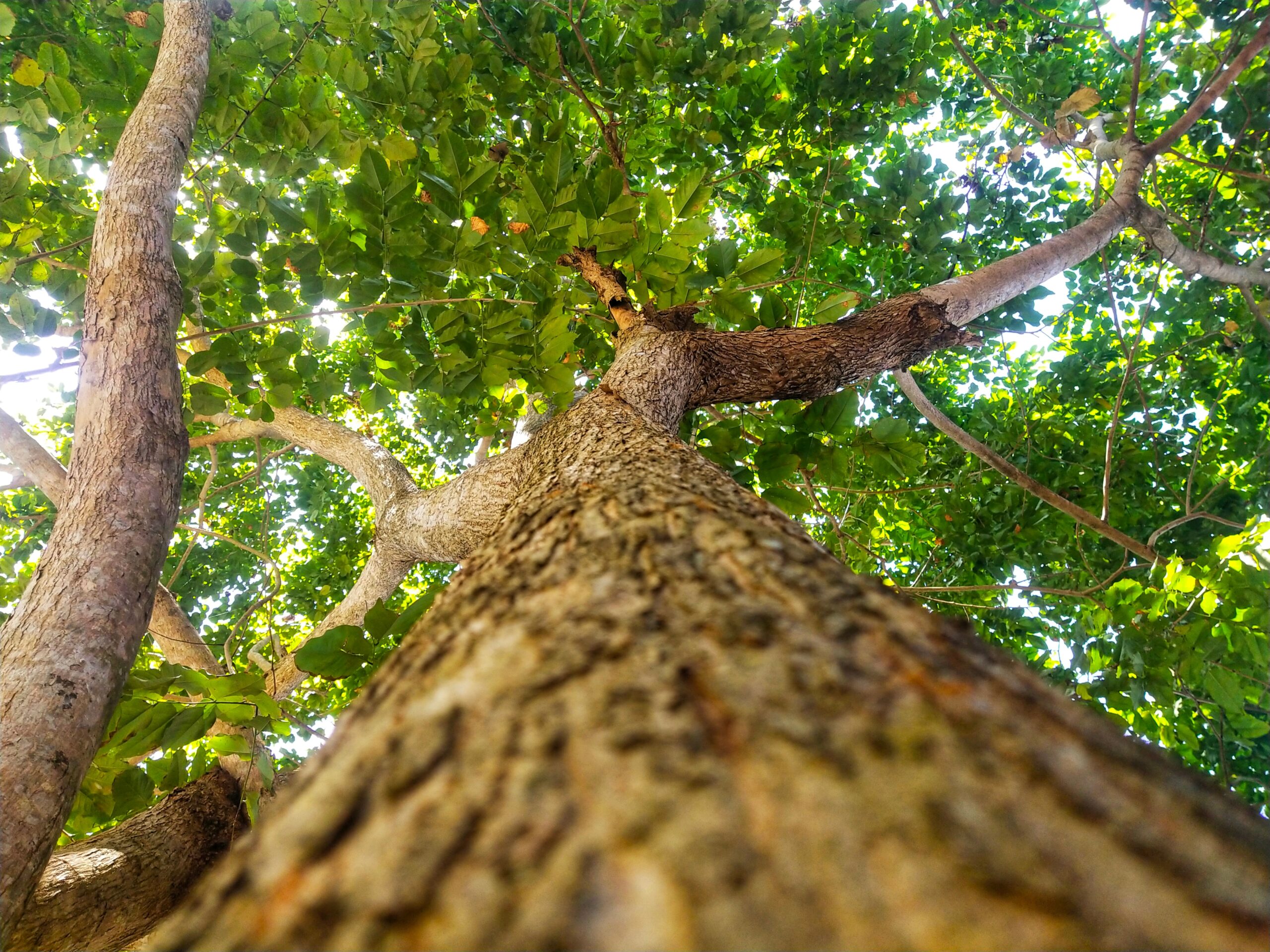
Sandalwood, native to South Asia, is a hemiparasitic plant that latches onto the roots of neighboring trees for water and nutrients. This strategy allows it to survive in nutrient-poor soils where other plants might struggle. Its fragrant wood, prized for its essential oil, has led to over-harvesting, making conservation efforts crucial to its survival.
Silver Sword Plant (Argyroxiphium sandwicense)
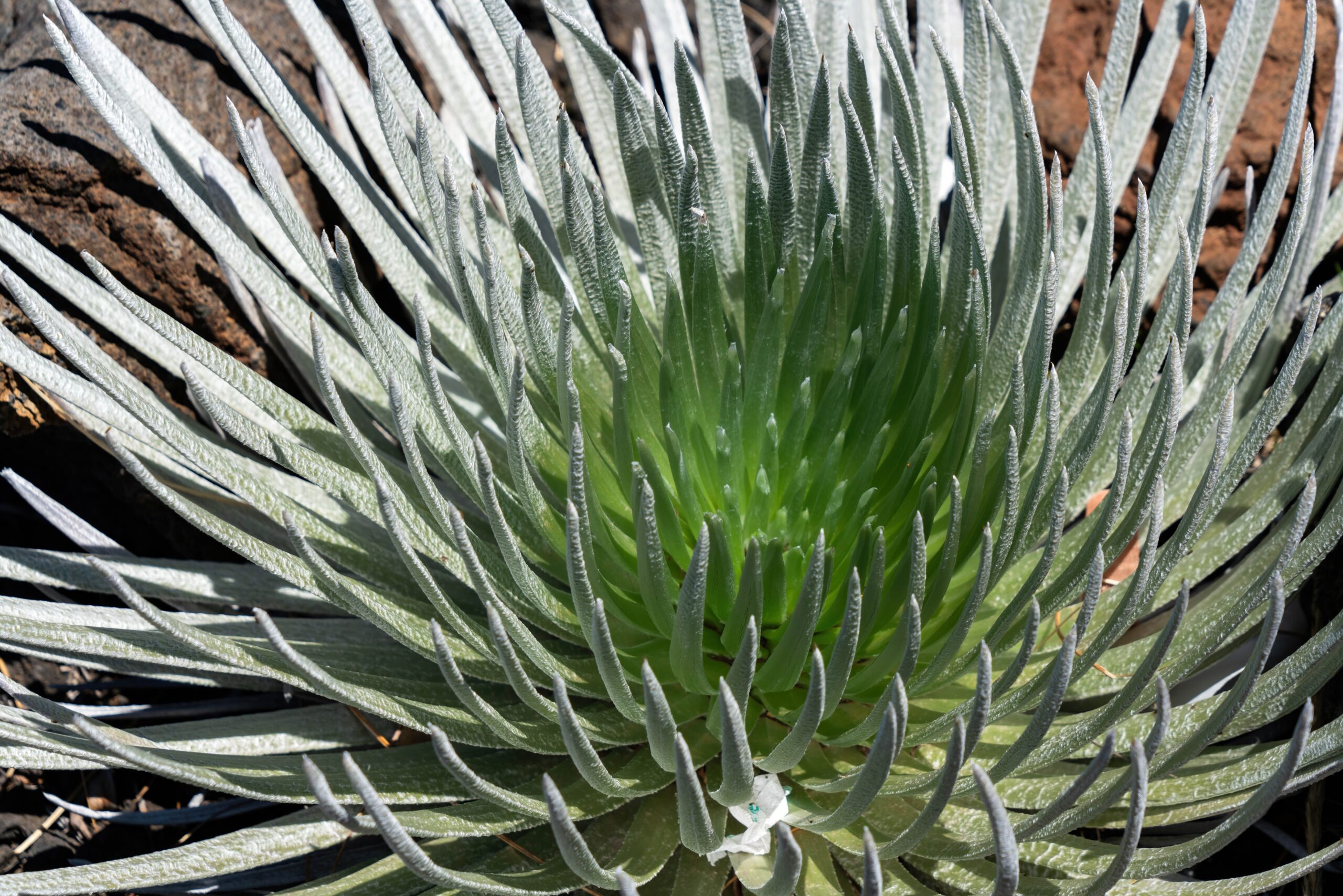
Endemic to Hawaii, the Silver Sword Plant grows in volcanic, nutrient-poor soils at high altitudes. Its long, silver leaves reflect sunlight, helping it regulate temperature in the harsh, cold conditions. The plant flowers only once in its lifetime, producing a striking, tall bloom before dying. Its ability to survive in such extreme conditions is due to its slow growth and efficient use of limited resources.
African Hydnora (Hydnora africana)
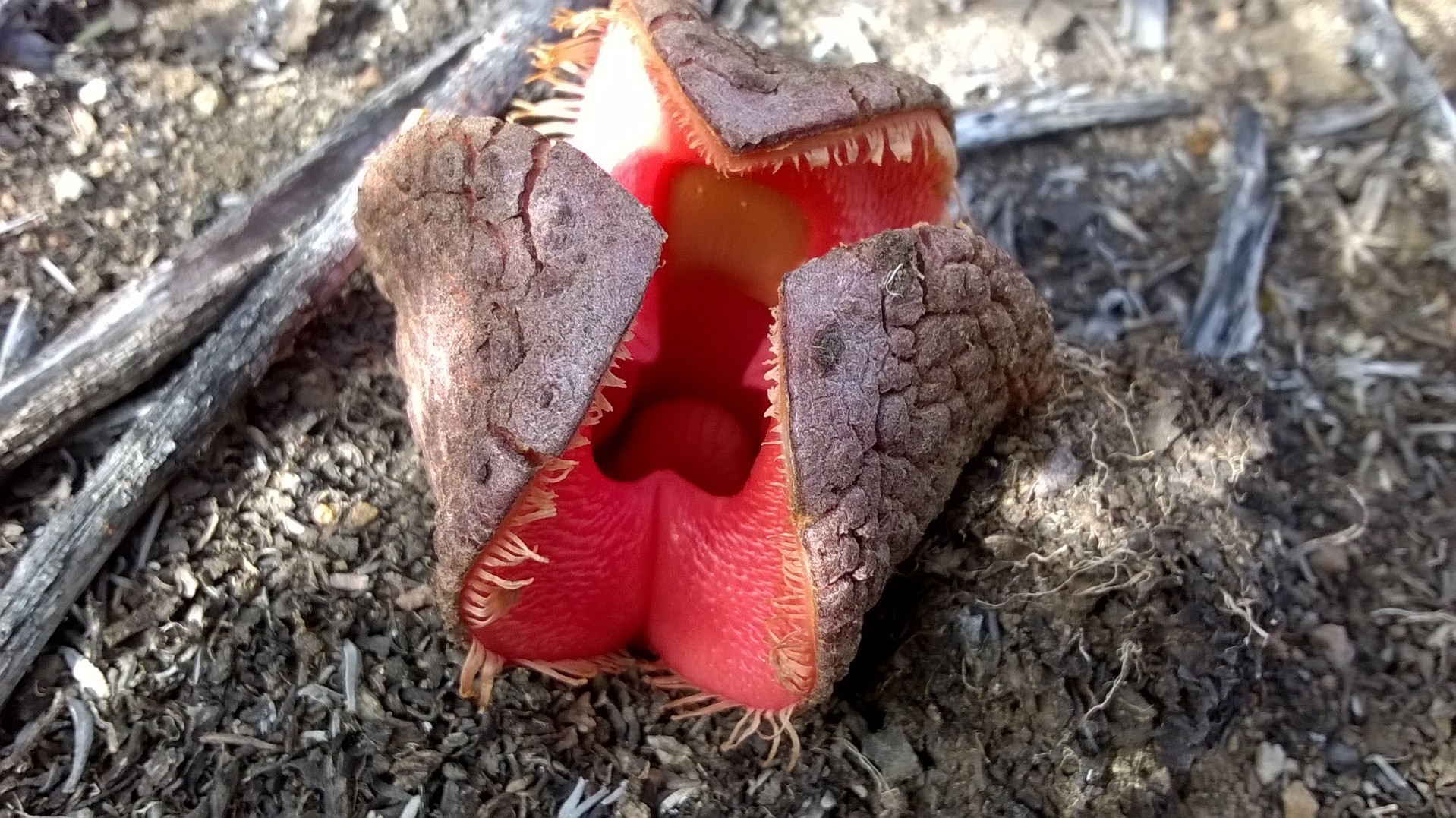
Hydnora africana is a parasitic plant found in southern Africa. It grows entirely underground, except for its flower, which emerges to attract pollinators. The plant attaches itself to the roots of host plants to extract water and nutrients. Its survival in arid environments is ensured through this parasitic relationship, allowing it to thrive without performing photosynthesis.
Australian Sundew (Drosera glanduligera)
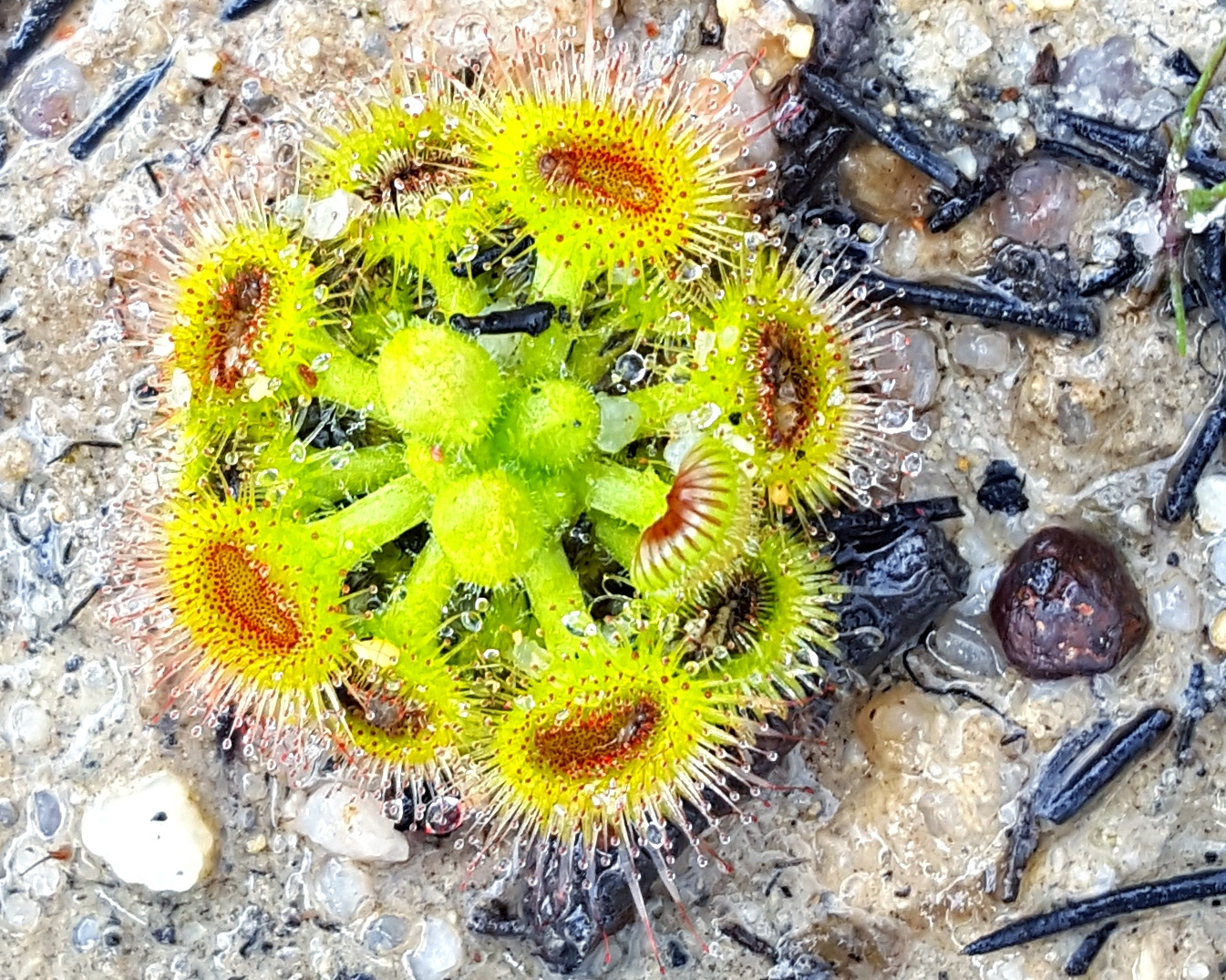
This carnivorous plant, native to Australia, uses sticky tentacles to trap insects, supplementing its diet in nutrient-poor soils. The Australian Sundew has evolved to move quickly, snapping its tentacles shut when prey touches them. This unique feeding strategy allows it to thrive in environments where nutrients are scarce, ensuring its survival in otherwise inhospitable conditions.
This article originally appeared on Rarest.org.
More from Rarest.org
24 Rare Reptiles Native to Isolated Islands and Habitats
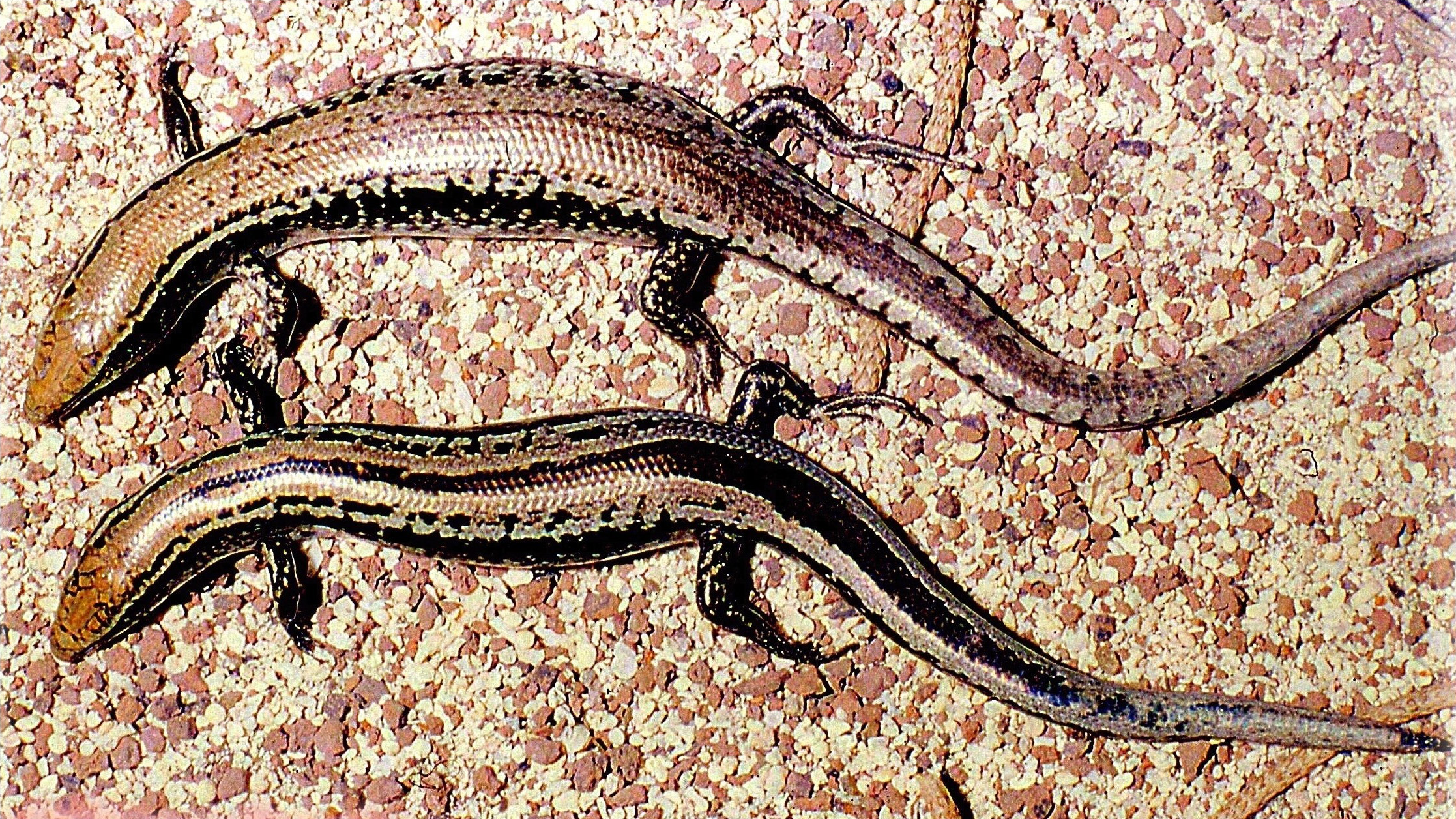
Isolated islands and remote habitats are home to some of the world’s most unique reptiles. Read More.
19 Endangered Flowers That May Disappear Forever

Many stunning flowers around the world are on the verge of disappearing forever. These endangered blooms face threats like habitat destruction, climate change, and human activities. Read More.
23 Unique Freshwater Fish Species at Risk of Extinction
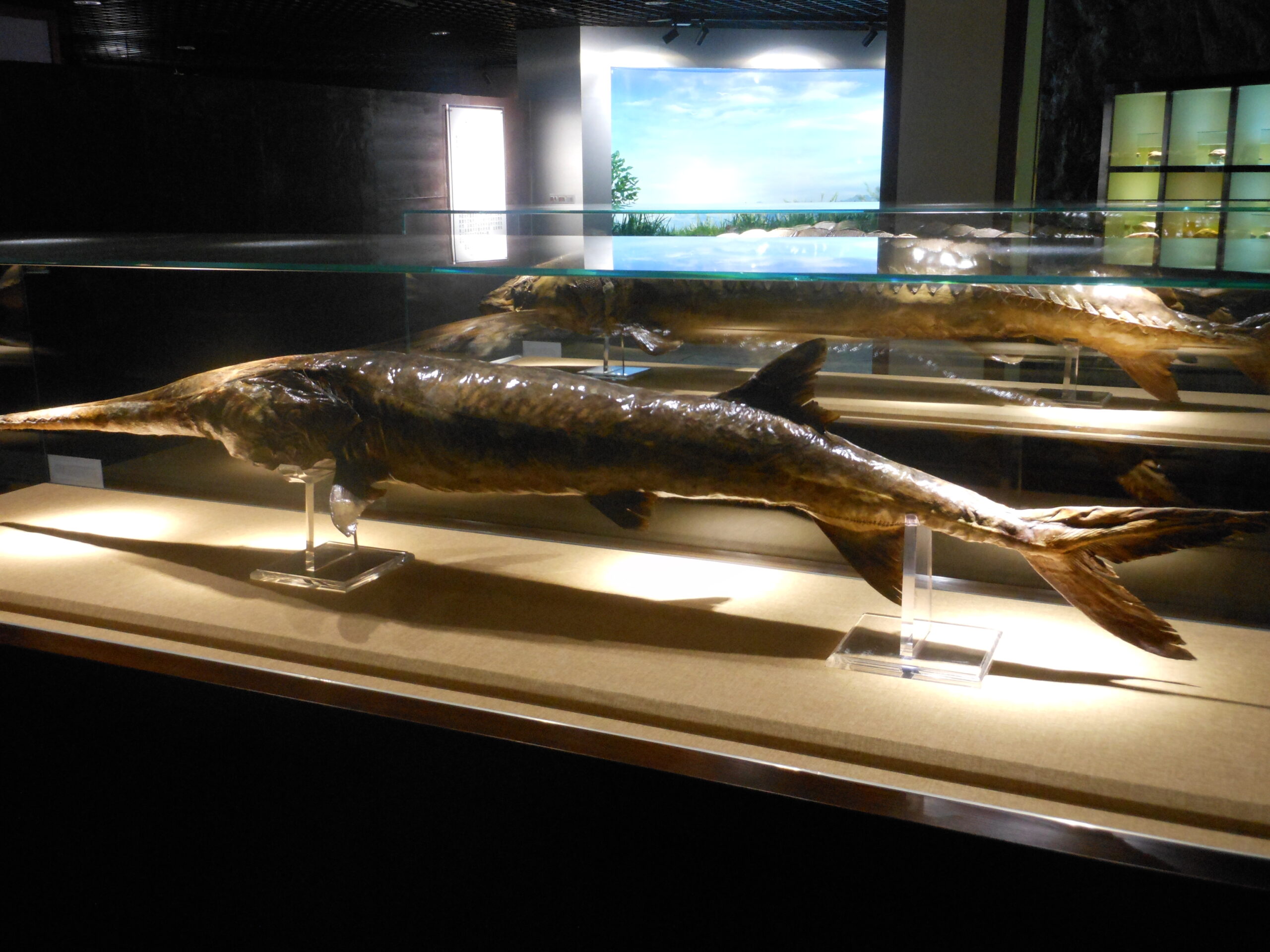
Freshwater ecosystems are home to some of the most unique and fascinating species on Earth. Sadly, many of these remarkable creatures are facing the threat of extinction. Read More.
